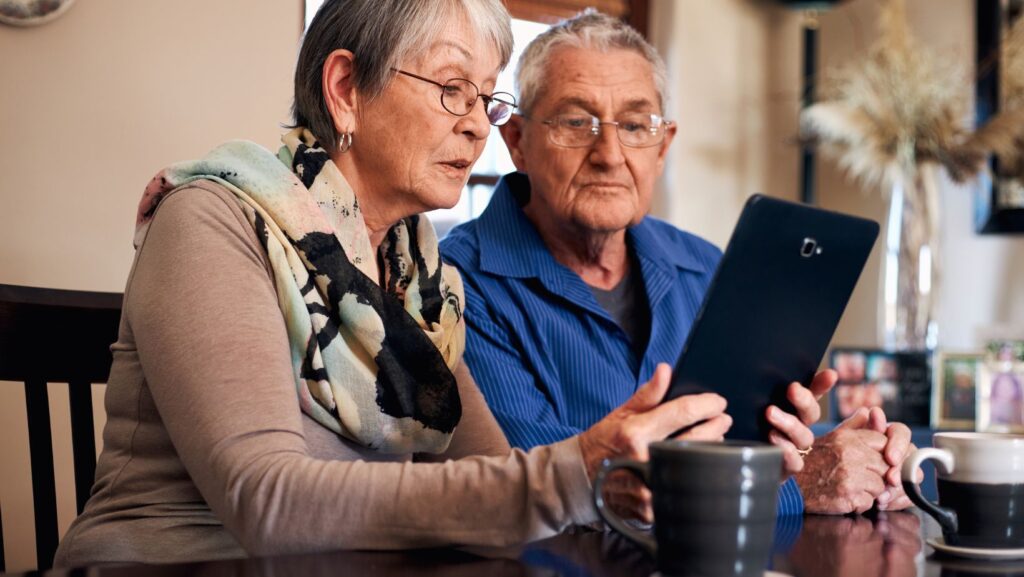As individuals age, their living environment can significantly impact their quality of life, and ensuring that a senior’s home in Winnipeg is comfortable and safe is crucial for their well-being and independence. Adapting their living space involves addressing potential hazards, improving accessibility, and creating a supportive atmosphere, so here are just five essential tips for making a living environment more comfortable and safe.
The Role of Private Home Care Services
Private home care in Winnipeg play a crucial role in ensuring seniors’ safety and comfort, as these services provide professional caregivers who can assist with daily activities, such as bathing, dressing, meal preparation, and medication management. Private home care offers personalized attention tailored to the specific needs of the individual, allowing each person to maintain their independence while receiving the support they need.
Caregivers can also provide companionship, helping to alleviate feelings of loneliness and isolation, so as a result of integrating these services into an individual’s living environment, families can ensure that their loved ones receive comprehensive, compassionate care that enhances their quality of life and provides peace of mind.
Assess and Address Potential Hazards
The first step in adapting a senior’s living environment is to conduct a thorough assessment of potential hazards; common risks include tripping hazards, slippery surfaces, and poor lighting, so start by removing clutter, securing loose rugs, and ensuring that walkways are clear, and replace or repair uneven flooring and fix any loose steps or tiles.

In the bathroom, install non-slip mats in the shower and bathtub to prevent falls, so consider adding grab bars near the toilet and in the shower for additional support. Ensure that all areas of the home are well-lit, especially staircases, hallways, and entryways, and use nightlights in bedrooms and bathrooms to help everyone navigate safely during the night. For more information, visit Safe Living Guide: A Guide to Home Safety for Seniors.
Improve Accessibility
Making a home more accessible is key to enhancing a senior’s comfort and independence, so begin by ensuring that all frequently used areas are easily reachable. Arrange furniture to create wide pathways, allowing easy movement, especially for those using mobility aids such as walkers or wheelchairs, and avoid placing furniture and decorations in high-traffic areas to prevent obstacles.
Consider installing ramps at entryways if there are steps leading into the space, and if it has multiple floors, evaluate whether a stair lift or elevator is necessary. In the kitchen, organize items within easy reach, and consider using pull-out shelves and lazy Susans to make accessing items easier. Lever-style door handles and faucets can also be easier for seniors to operate than traditional knobs.
Enhance Comfort
Comfort is an essential aspect of a senior’s living environment, so start by ensuring that the temperature is regulated throughout the year, as they may be more sensitive to temperature changes, so it’s important to have a reliable heating and cooling system – and, programmable thermostats can help maintain a consistent temperature.
Furniture should be comfortable and supportive, so try to choose chairs and sofas that are easy to get in and out of, with firm cushions and armrests. A well-padded recliner can provide a nice spot for relaxation, while in the bedroom, an adjustable bed can help individuals find a good sleeping position and make getting in and out of bed easier.
Technology and Emergency Preparedness
Incorporating technology in any Winnipeg home can enhance both safety and comfort – whichis why you may want to consider installing a medical alert system that allows homeowners to call for help in an emergency. Smart home devices, such as voice-activated assistants, can make daily tasks easier and provide entertainment options, and motion-sensor lighting can help seniors navigate their space without fumbling for light switches.

Ensure that smoke detectors and carbon monoxide detectors are installed and functioning properly; you may also want to create an emergency plan, including a list of important contacts and a designated safe area in case of a natural disaster. Make sure that all emergency exits are accessible and that those living in the space know how to use them.
Encourage Social Interaction
A comfortable living environment should also support social interaction and mental well-being, which is why you should arrange spaces to encourage conversation and social activities. If possible, set up a cozy area for hobbies, reading, or watching television, and encourage regular visits from family and friends, and consider arranging for community services, such as meal delivery or transportation to social events.
From Improved Accessibility to Private Home Care in Winnipeg
Adapting a senior’s living environment in Winnipeg to be more comfortable and safe requires a thoughtful and comprehensive approach – but, by assessing and addressing potential hazards, improving accessibility, enhancing relaxation, incorporating technology, and encouraging social interaction, you can create a supportive space that promotes independence and well-being. These changes not only help prevent accidents and injuries but also ensure that individuals can enjoy their home with confidence and peace of mind.
